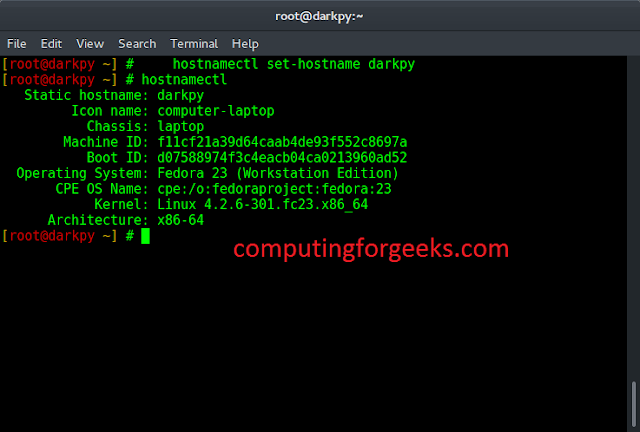When it comes to web development, templating engines play a crucial role in separating the logic from the presentation layer of an application. They allow developers to create dynamic web pages by embedding placeholders for data that can be filled in later. Jinja is one such templating engine that is widely used in the Python web development ecosystem. In this article, we will delve into the world of templating engines and compare Jinja to other popular options, shedding light on their key concepts, usage, and examples.
Understanding Templating Engines
What are Templating Engines?
Templating engines are tools that enable developers to create templates for web pages or other documents and then populate them with data. These templates are typically written in a markup language that includes placeholders for dynamic content. When a template is rendered, these placeholders are replaced with actual data, resulting in a complete, dynamic document.
Key Concepts
Before we jump into comparing Jinja to other templating engines, let’s cover some fundamental concepts:
- Template: A template is a file or string that contains the structure of a document with placeholders for dynamic content.
- Rendering: The process of replacing placeholders in a template with actual data to generate a final document is called rendering.
- Variables: Variables are placeholders in a template that will be replaced with specific values during rendering.
- Control Structures: Templating engines often support control structures like loops and conditionals to make templates more dynamic.
Comparing Jinja to Other Templating Engines
Jinja
Language: Python
Usage: Jinja is widely used in Python web frameworks like Flask and Django.
Syntax Example:
HTML
<!DOCTYPE html><html><head> <title>{{ title }}</title></head><body> <h1>Hello, {{ name }}!</h1></body></html> |
Mustache
Language: JavaScript (but available in multiple languages)
Usage: Popular in JavaScript-based applications.
Syntax Example:
HTML
<!DOCTYPE html><html><head> <title>{{ title }}</title></head><body> <h1>Hello, {{ name }}!</h1></body></html> |
Twig
Language: PHP
Usage: Frequently used in PHP applications.
Syntax Example:
HTML
<!DOCTYPE html><html><head> <title>{{ title }}</title></head><body> <h1>Hello, {{ name }}!</h1></body></html> |
Handlebars
Language: JavaScript
Usage: Popular in JavaScript-based applications.
Syntax Example:
C++
<!DOCTYPE html><html><head> <title>{{ title }}</title></head><body> <h1>Hello, {{ name }}!</h1></body></html> |
Differentiating the Syntax
Although the provided examples depict similar templates, there are variations in syntax and usage among these templating engines. Jinja, for instance, employs double curly braces ‘{{ }}’ for placeholders, which closely resembles Mustache and Handlebars. Twig, on the other hand, shares the same syntax but is primarily intended for use in PHP applications.
Templating Engine Distinctions
Now, let’s examine each templating engine individually and elucidate how they differ from one another:
Jinja
Jinja is a Python-based templating engine known for its seamless integration with Python web frameworks like Flask and Django. It boasts a robust set of features, including template inheritance, macros, and a concise syntax. It’s particularly well-suited for Python web development projects due to its compatibility with the language and frameworks.
Mustache
Mustache, originally designed for JavaScript but available in multiple languages, is known for its simplicity and portability. It follows a “logic-less” philosophy, which means it deliberately lacks complex programming logic in templates. This makes it an excellent choice for applications where simplicity and cross-language support are priorities.
Twig
Twig is primarily used in PHP applications and offers a rich set of features. It shares a similar syntax with Jinja, making it a compelling option for developers familiar with both Python and PHP. Twig’s advanced features, like template inheritance and macros, contribute to its popularity in the PHP ecosystem.
Handlebars
Handlebars, designed for JavaScript, focuses on simplicity and ease of use. It follows a logic-lite approach similar to Mustache, making it suitable for scenarios where the separation of concerns is a top priority. Handlebars has strong JavaScript integration, making it popular for client-side templating.
Steps to Utilize Templating Engines
To effectively use a templating engine, you typically follow these steps:
- Install the Engine: Depending on your programming language and framework, you may need to install the templating engine as a package or library.
- Create a Template: Develop a template that includes placeholders for dynamic data.
- Render the Template: In your code, provide the necessary data to fill in the placeholders and initiate the rendering process.
- Display or Use the Output: The rendered template can be used to generate HTML for a web page, compose emails, or create other types of documents as required.
A Practical Example
Let’s illustrate a simple example of rendering a template using Jinja:
In this code we have created a Jinja template and then rendered the template with the data.
Python
from jinja2 import Templatetemplate = Template("Hello, {{ name }}!")output = template.render(name="Alice")print(output) |
Output:
Hello, Alice!
Conclusion
Templating engines such as Jinja, Mustache, Twig, and Handlebars offer invaluable assistance in web development by facilitating the separation of logic and presentation. The choice of a templating engine often hinges on the programming language and framework used. Acquiring a solid grasp of the core concepts and syntax of these engines is essential for efficient web development. Whether you opt for Jinja or another templating engine, mastering the art of templating will enhance the efficiency and maintainability of your web development projects.




